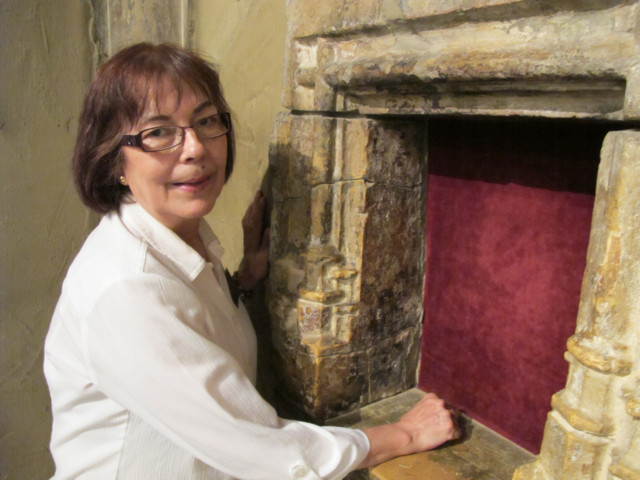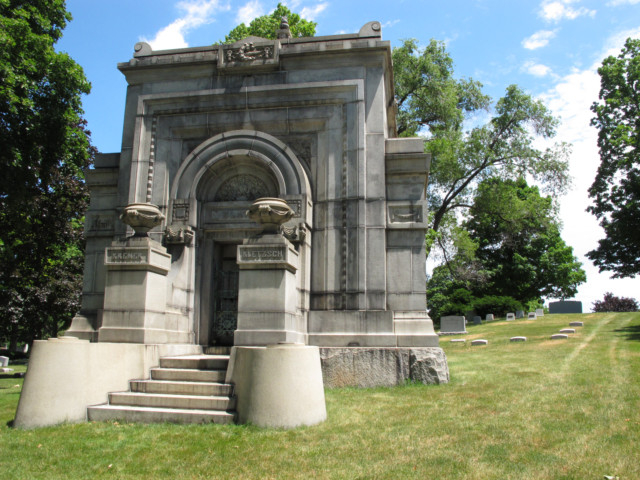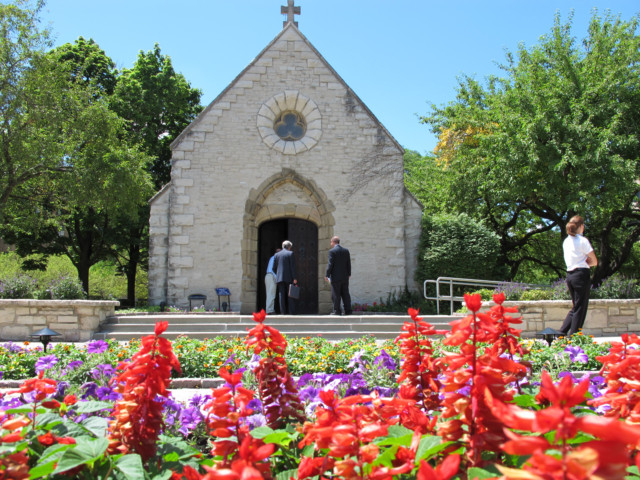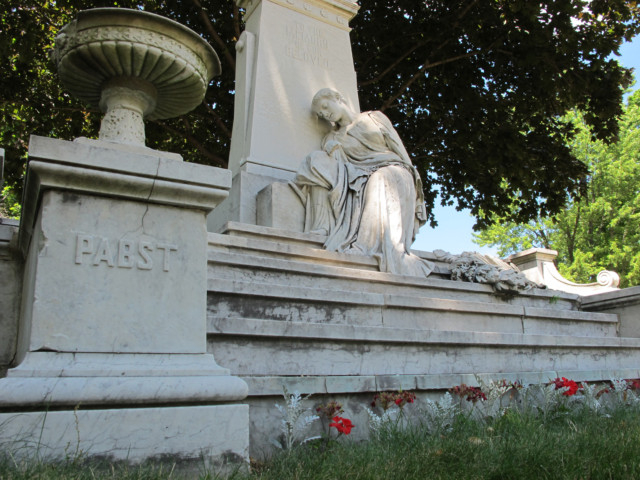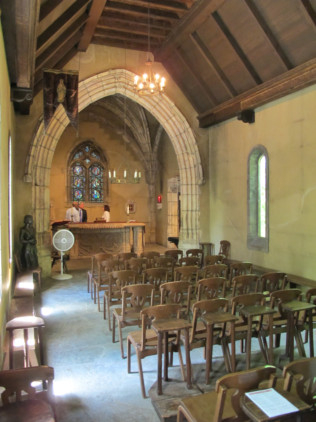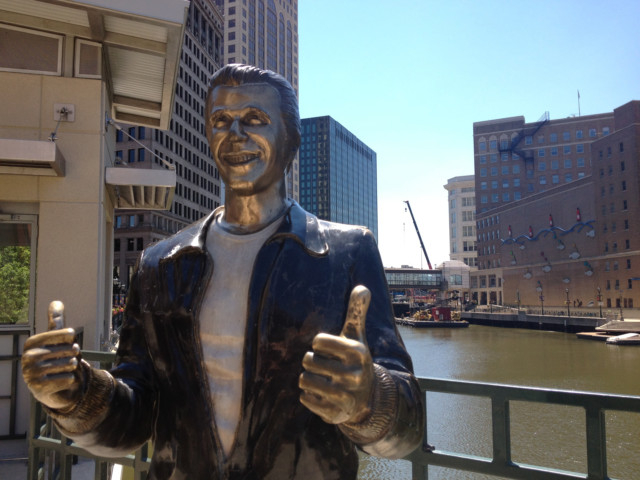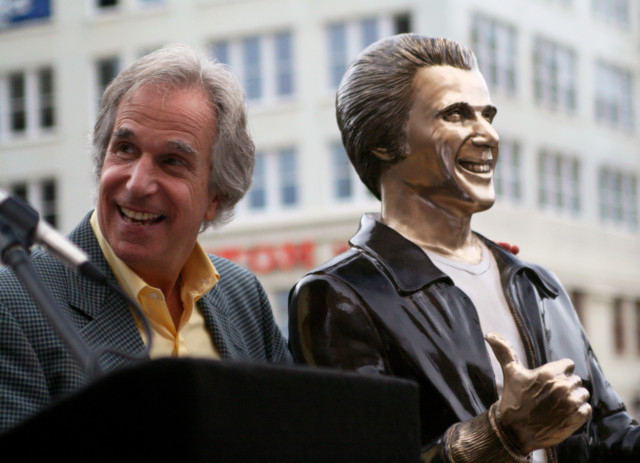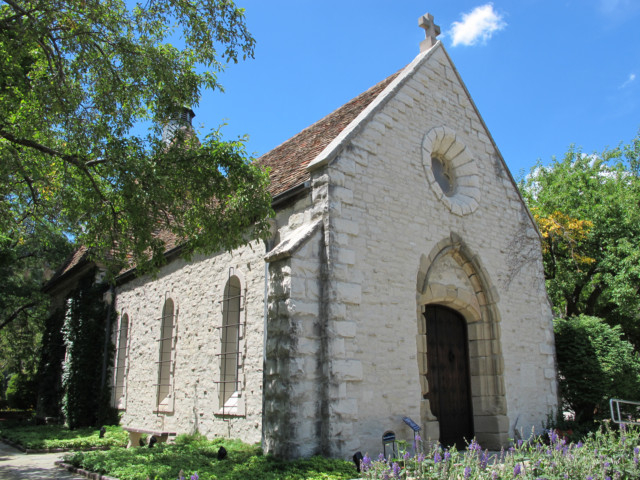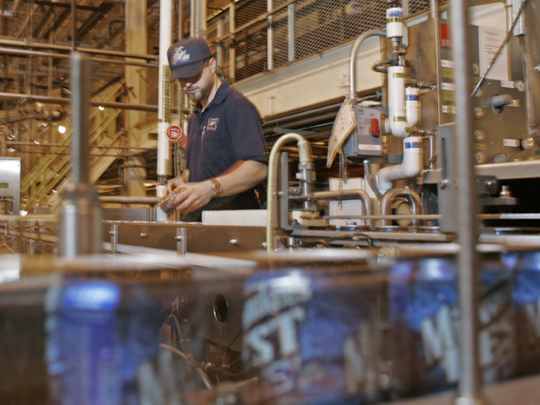
Here are a few of the fun sites and institutions visitors can visit for free when in Milwaukee.
MILLER BREWERY TOUR:
The indoor and outdoor guided walking tour features sights of the high-speed packaging lines, the shipping distribution centre with typically a half-million cases of refreshments, a cave where refreshments were stored before mechanical refrigeration and the brew house. There’s also a replica of the Plank Road Brewery, what Frederick Miller originally purchased and later turned into Miller.
FOREST HOME CEMETERY:
The cemetery in the heart of Milwaukee’s south side is the resting place of some of the city’s founders — such as Byron Kilbourn — but it’s also where you can find some who built Milwaukee’s beverage kingdom. The cemetery lists six barons, including Jacob Best who founded Pabst Brewery, Pabst’s namesake Frederic Pabst, and Valentin Blatz, who produced Blatz until it was sold to Pabst Brewing Co in 1959.
MILWAUKEE RIVERWALK FEATURING THE BRONZE FONZ:
It spans nearly three miles along the Milwaukee River, running from the East Side, through downtown and into the Third Ward neighbourhood. It goes past the Bronze Fonz, erected in 2008 when most of the cast of Happy Days, including “The Fonz” Henry Winkler, came to Milwaukee for the dedication. Though no scenes were filmed in Milwaukee, Happy Days took place in Milwaukee during its TV run from 1974 to 1984. Winkler has been known to stop by the statue when visiting Milwaukee, so if you’re lucky you might run into both versions of Arthur Fonzarelli. There’s also 1.2m bronze statue of Gertie the Duck and her hatchlings along the Wisconsin Avenue bridge. She won worldwide fame in the 1940s, as she was trying to care for her ducklings atop a hollowed-out piling in the river.
ST JOAN OF ARC CHAPEL:
Originally known as the Chapelle de St Martin de Sayssuel, it sat in the Rhone River Valley in the village of Chasse in France for at least 500 years. It’s said that Joan of Arc prayed before a statue of Our Lady standing on a stone and at the end kissed the stone, which was said to be colder than the stones surrounding it. The stone has since been added to the chapel. A railroad magnate’s daughter acquired the chapel in 1926 and it was brought, stone by stone, to Long Island, New York. It was later passed to the estate of a couple who donated it to Marquette University in 1964. It was dismantled once again and a fleet of trucks, each truck carrying 18,144 kilograms, brought the chapel stones to Milwaukee. It was reconstructed on campus and dedicated to St Joan of Arc in 1966. The school says it’s the only medieval structure in North and South America still used for its original purpose.
MILWAUKEE’S LAKEFRONT:
Start on the south end of Lincoln Memorial Drive at around noon and watch the wings of the Milwaukee Art Museum, designed by famous architect Santiago Calatrava, close and reopen. About 3km north, there’s Bradford Beach, where you can watch volleyball, stroll along the water or catch rays. About a mile north of that is Lake Park, overlooking the lake, designed by Frederick Law Olmsted. He’s the founder of landscape architecture and also the designer of New York City’s Central Park. You might also catch lawn bowling clubs competing in the summer or take a walk past the North Point Lighthouse, built in 1855 and known to be the only lighthouse that’s in an Olmsted urban park.
— AP


